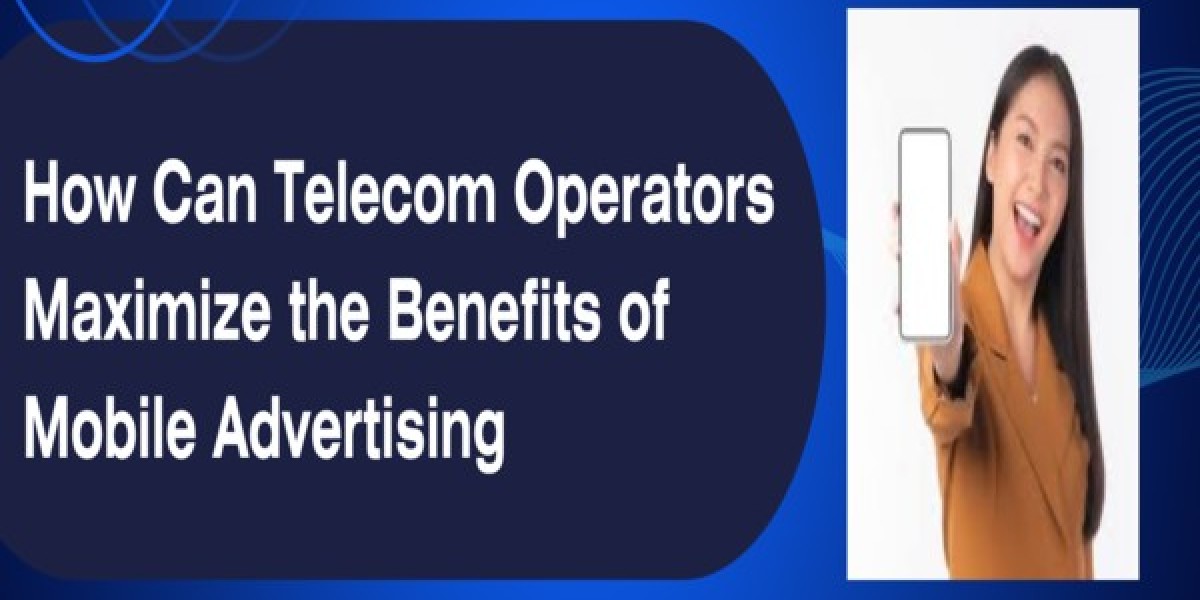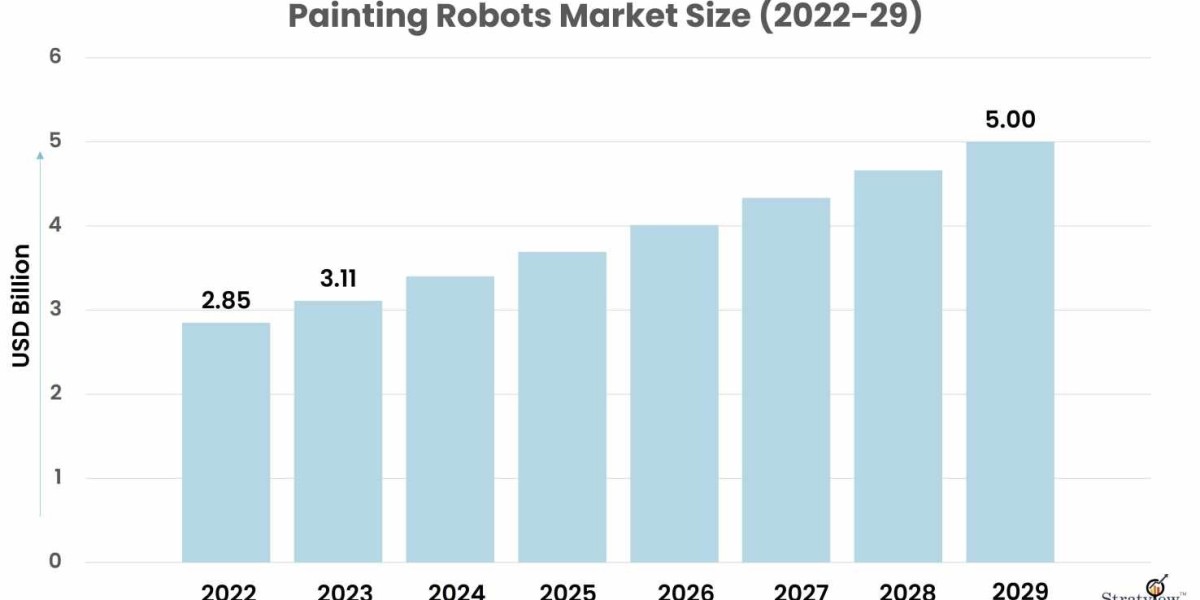According to Data.ai’s new State of Mobile 2024 report, global mobile ad spending is projected to reach a staggering USD 402 billion in 2024, marking an impressive 11% increase year-over-year. This marks a significant rise from 2023, when spending hit USD 362 billion, up 8% from the previous year (Source: Marketing Drive). Statista also projects that mobile ad spending will approach an impressive USD 400 billion in 2024.
Looking ahead, the digital advertising market driven by mobile advertising is forecasted to reach USD 734.6 billion in 2025, accounting for 70.8% of the overall ad spend worldwide. Experts forecast that in 2026, the global digital ad spend will exceed USD 8 billion. By 2027, this figure will have risen to USD 870.9 billion (Source Oberlo). This substantial growth underscores the growing significance of mobile advertising in capturing the attention of a mobile-first audience.
This growth is driven not only by the proliferation of mobile devices but also by significant advancements in mobile technology. Enhanced device capabilities enable telecom operators and advertisers to create more engaging and interactive ad experiences, which resonate deeply with users. Furthermore, the ability to utilize precise targeting options based on detailed user data has revolutionized advertising strategies, allowing businesses to tailor their messages to specific audiences with greater relevance and impact.
Geographically, regions such as North America and the Asia-Pacific are leading the charge in mobile ad spending, highlighting the widespread adoption and substantial opportunities in these markets. The effectiveness of mobile advertising in these regions reflects a broader global trend where businesses are increasingly reallocating their marketing budgets to harness the power of advertising platforms.
One of the most compelling examples of the impact of mobile advertising is the rise of mobile video customer interaction platforms like moLotus. This platform has demonstrated its ability to drive higher interaction, engagement and conversion rates. With the capability to reach a massive mobile user base globally, moLotus mobile advertising's unparalleled reach and personalized approach are reshaping the marketing landscape. The platform also delivers impactful results for telecom businesses by creating a direct, interactive, and personalized line of communication with B2C and B2B customers.
For telecom operators, the surge in mobile advertising presents a unique and lucrative opportunity to enhance their revenue streams and strengthen customer relationships. Mobile advertising offers telecom operators a high-margin alternative to traditional revenue sources, enabling them to tap into the growing preference for mobile content consumption. By leveraging mobile advertising, telecom operators can increase Average Revenue Per User (ARPU), improve customer engagement, and ensure customer satisfaction through targeted, personalized ad campaigns.
Moreover, mobile advertising allows telecom operators to harness their vast customer data, turning insights into actionable strategies that drive customer retention and loyalty. Telecom operators can create rich media campaigns that are not only visually compelling but also deeply personalized, catering to individual preferences and needs.
In this article, we delve deeper into how can telecom operators maximize the benefits of mobile advertising, exploring its benefits, impact on revenue growth, and transformative role in connecting telco businesses with their target customers deeply. We will examine current trends and statistics, key players and platforms, and the strategic advantages of mobile advertising. Ultimately, we aim to provide telecom operators with actionable insights and practical strategies to maximize the benefits of mobile advertising in this rapidly evolving digital landscape.
1. Boost Reach and Accessibility
The telecom industry is leveraging mobile advertising to connect with a vast and diverse audience. The proliferation of smartphones and tablets has revolutionized how telecom operators reach potential customers, making mobile advertising an essential tool for continuous visibility and interaction.
Historically, telecom operators utilized broad advertising strategies through channels like email. These channels aimed to reach a wide audience but often lacked the precision needed to effectively engage specific customer segments. The one-size-fits-all approach could result in wasted ad spend and lower engagement rates.
With the advent of advanced mobile advertising technologies, telecom companies can now implement campaigns having more reach. Platforms like moLotus have emerged as game-changers in this domain, offering the ability to deliver mobile video ads nationwide.
The GSM-based platform stands out with its ability to reach millions of mobile users instantly, regardless of their device type or model. This universal compatibility maximizes outreach efforts and enhances customer engagement. Its advanced targeting capabilities allow telecom operators to customize campaigns based on detailed customer profiles, ensuring each ad resonates with the specific needs of the target audience. This personalized approach drives higher engagement rates, improves customer acquisition and retention, and ultimately increases revenue generation for telecom brands. Telecom operators can run a variety of targeted campaigns, from promotional offers to customer feedback requests and loyalty programs. The platform's versatility and ease of use make it an invaluable tool for any telecom marketing strategy.
Additionally, telecom operators should leverage other powerful mobile advertising platforms like Google Ads, Facebook, TikTok, and InMobi to diversify their strategies and maximize benefits. Google Ads, while offering high reach though sophisticated search and display networks, can be costly and complex to manage. Facebook provides advanced demographic targeting ensuring global reach but faces ad fatigue among its massive userbase. TikTok engages younger audiences with creative content, but its rapidly changing trends require constant adaptation. InMobi offers greater reach via robust in-app advertising solutions but can struggle with ad visibility and competition. Integrating these platforms into their marketing strategies ensures a comprehensive approach to mobile advertising, reaching diverse audience segments and achieving superior engagement and conversion rates.
2. Precision Targeting and Hyper-Personalization
In telecom mobile advertising, the focus is shifting towards advanced targeting and personalization strategies to elevate customer engagement and drive conversion rates. Major platforms like Google Ads, moLotus, Facebook, TikTok, Instagram and InMobi offer sophisticated targeting options that allow telecom advertisers to segment their audience based on various parameters.
Google Ads is known for powerful targeting capabilities through detailed keyword targeting and audience segmentation. However, it can be complex and costly to manage. Facebook excels in targeting based on user demographics, behaviors, and interests with custom and lookalike audiences. Despite its strengths, it faces challenges like privacy concerns and ad fatigue. TikTok effectively targets younger demographics with personalized ad experiences based on user interactions and preferences.
Innovative platforms like moLotus go beyond basic targeting by offering customized video ads directly to customers' mobile inboxes. It allows telecom brands to craft ads tailored to individual preferences and behaviors, enhancing user engagement and relevance.
Not all mobile advertising tools are equal in offering personalization capabilities. Hyper-personalization is especially effective with moLotus, which enables telecom customers to feel individually addressed through campaigns featuring options like personalized names, greetings, and rewards. The personalized mobile video ads create a feeling of one-on-one communication, fostering better customer bonds.
Telecom brands can engage a vast customer base through unique personalized campaigns on special occasions like birthdays and festivals. Telco customers get hyper-personalized recommendations according to their preferences, significantly enhancing engagement and conversion rates.
3. Elevating Engagement and Interaction Rates
In the telecom industry, obtaining higher customer engagement and interaction rates is vital for the success of ad campaigns. Mobile advertising has emerged as a powerful tool in this regard, offering engagement levels that surpass traditional advertising channels.
According to a recent survey by BusinessofApps, mobile push notifications boast an average interaction rate of 26%, in-app mobile messages see a 44% interaction rate, and mobile video ads achieve an impressive 70% interaction rate. The data highlight the effectiveness of mobile adverts in capturing customer attention and promoting active participation.
Facebook Ads provides interactive features such as instant forms, polls, and augmented reality ads, which significantly enhance user engagement by allowing customers to interact directly with the ad content. Google Ads offers interactive display ads and responsive search ads that adapt to user behavior, providing a more personalized and engaging experience. Google’s YouTube platform also supports various interactive elements like end screens and call-to-action buttons within video ads, boosting viewer engagement. TikTok excels with its interactive ad formats, including branded hashtag challenges, in-feed native video ads, and branded effects. These features encourage users to participate in trends and create content, fostering a highly interactive advertising environment. However, the interactivity features offered by these tools have limitations. Most importantly experts have observed that the cost of interaction is quite high in case of each of them
Studies have shown that moLotus plays a significant role in boosting customer interaction at rates as low as USD 0.001 per interaction. The innovative customer interaction platform offers tow-way customer communication. Telcos can respond to customers instantly through various interaction options such as mgram, USSD, SMS, web URL Click, Call, and more.
From the telecom industry perspective, this heightened interaction translates to improved campaign performance, strengthened brand loyalty, and a more successful advertising strategy overall.
4. Harnessing Real-Time Data Insights
The power of real-time data analytics is indispensable for crafting impactful mobile advertising campaigns and fostering customer engagement. The ability to access, interpret, and act upon data in the moment empowers telcos to make informed decisions, optimize strategies, and deliver highly relevant ads to their target audience.
moLotus stands out for its robust big data analytics, crucial for enhancing campaign performance. The platform's advanced online analytics dashboard offers telecom marketers instant insights into ad performance, facilitating quick identification of top-performing ads and areas needing improvement. This agile feedback loop empowers telco marketers to refine content, targeting, and calls-to-action promptly, driving higher engagement and conversions.
Furthermore, its big data analytics provides deep audience insights into preferences, interests, and behaviors; fostering stronger customer connections and delivering better outcomes. Telecom brands can leverage these insights to craft personalized mobile video ads tailored for customers interested in video streaming services, thereby increasing engagement and conversions within that targeted demographic. Real-time analytics also facilitate strategic budget allocation by identifying high-performing ads and channels, allowing advertisers to allocate resources effectively for campaigns with the highest ROI.
Platforms like Google Analytics, Facebook Analytics, and AdColony also provide analytics capabilities, enabling telecom brands to track ad performance, engagement metrics, and audience demographics with limited accuracy. Leveraging these insights, telecom operators can optimize campaigns, target the right audience, and achieve significant business outcomes in the dynamic mobile advertising arena.
5. Navigating Privacy Challenges
Dealing with the privacy challenges in mobile advertising, telecom brands are actively addressing intrusion and privacy concerns through various platforms like Google Ads, InMobi, AdColony, and others. These platforms prioritize transparency and consent management, ensuring users have clear information about data collection and usage before displaying personalized ads. Opt-in and opt-out mechanisms empower users to control their data and advertising preferences, enhancing transparency and user trust.
To mitigate privacy concerns, telecom brands are adopting customer-friendly ad formats that integrate seamlessly with user experience. Non-intrusive placements such as native ads and in-feed ads blend naturally with content, minimizing disruption and enhancing user engagement.
Platforms like Google Ads prioritizes privacy through robust data protection measures and compliance with global regulations like GDPR. It anonymizes personal data, ensuring that advertisers receive aggregated insights rather than individual user data. This approach not only safeguards user privacy but also helps advertisers comply with stringent privacy laws while leveraging Google's extensive targeting capabilities.
InMobi emphasizes privacy by adopting industry-leading practices in data anonymization and encryption. It ensures that user data remains secure and confidential, protecting against unauthorized access and breaches. InMobi's commitment to privacy extends to its advertising practices, where it balances personalized ad targeting with stringent privacy controls to maintain user trust and confidence.
AdColony enhances user privacy through advanced ad formats that prioritize user consent and control. It integrates opt-in mechanisms within its interactive ad experiences, ensuring that users have clear choices over their data usage. AdColony's approach to privacy-sensitive advertising not only enhances user engagement but also fosters a transparent and trustworthy relationship between advertisers and consumers.
Overall, mobile ad platforms implement robust privacy features to protect telco customer data and ensure compliance with privacy regulations.
Conclusion
Telecom operators have a plethora of strategies at their disposal to maximize the benefits of mobile advertising. From expanding audience reach and enhancing targeting to boosting engagement rates and leveraging data analytics, each strategy plays a vital role in driving success in the competitive telecom landscape. Looking forward, the future of mobile advertising in the telecom industry is bright, with continuous technological advancements and evolving customer behaviors paving the way for innovative marketing approaches.
For telecom operators aiming to thrive in this dynamic environment, the call to action is clear. Embrace innovation, implement the discussed strategies, and leverage industry expertise to achieve remarkable results. By adopting innovative mobile advertising platforms telecom operators can unlock new revenue streams, strengthen customer relationships, and stay ahead of the curve in an ever-evolving industry.



